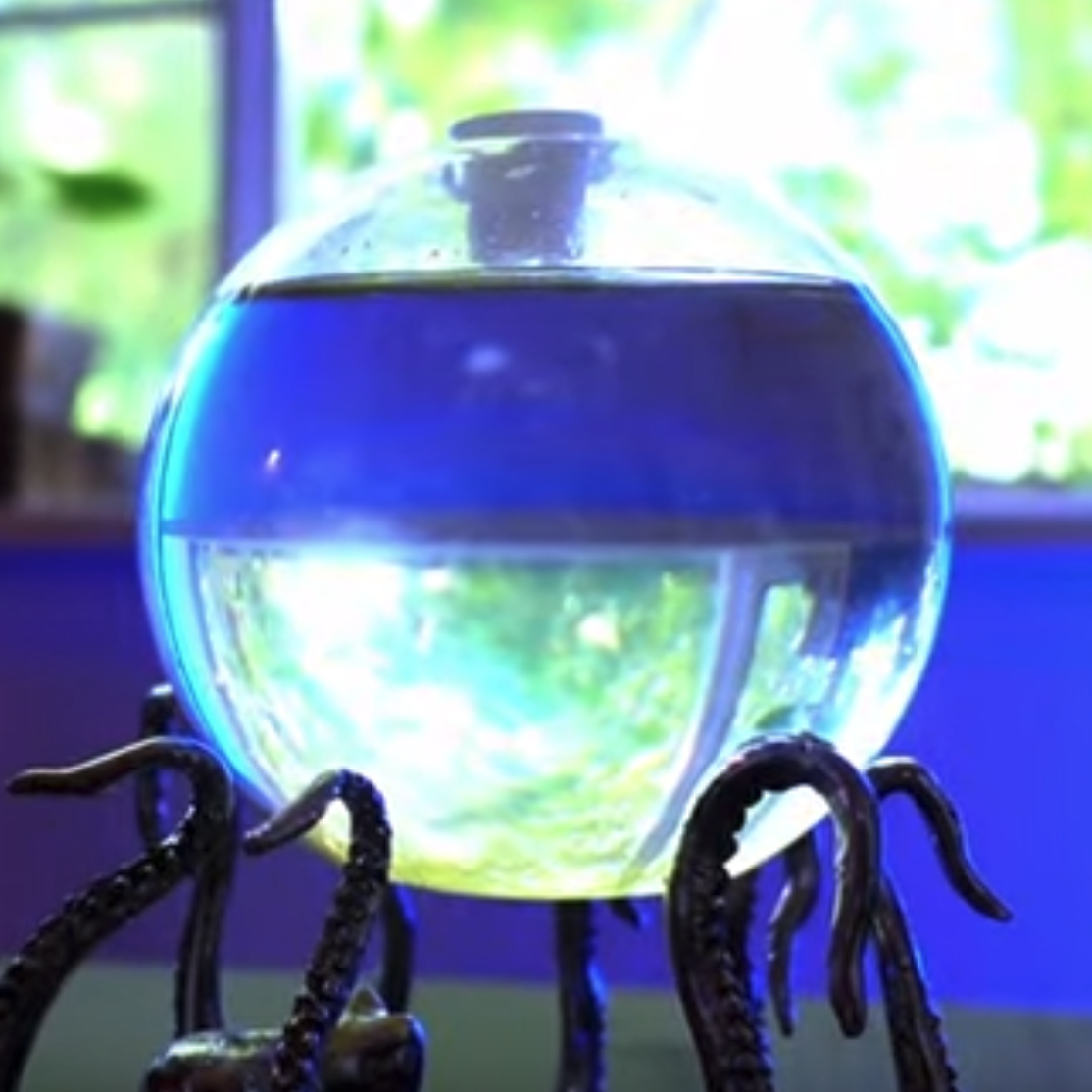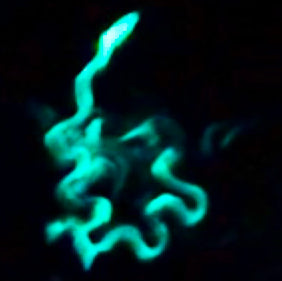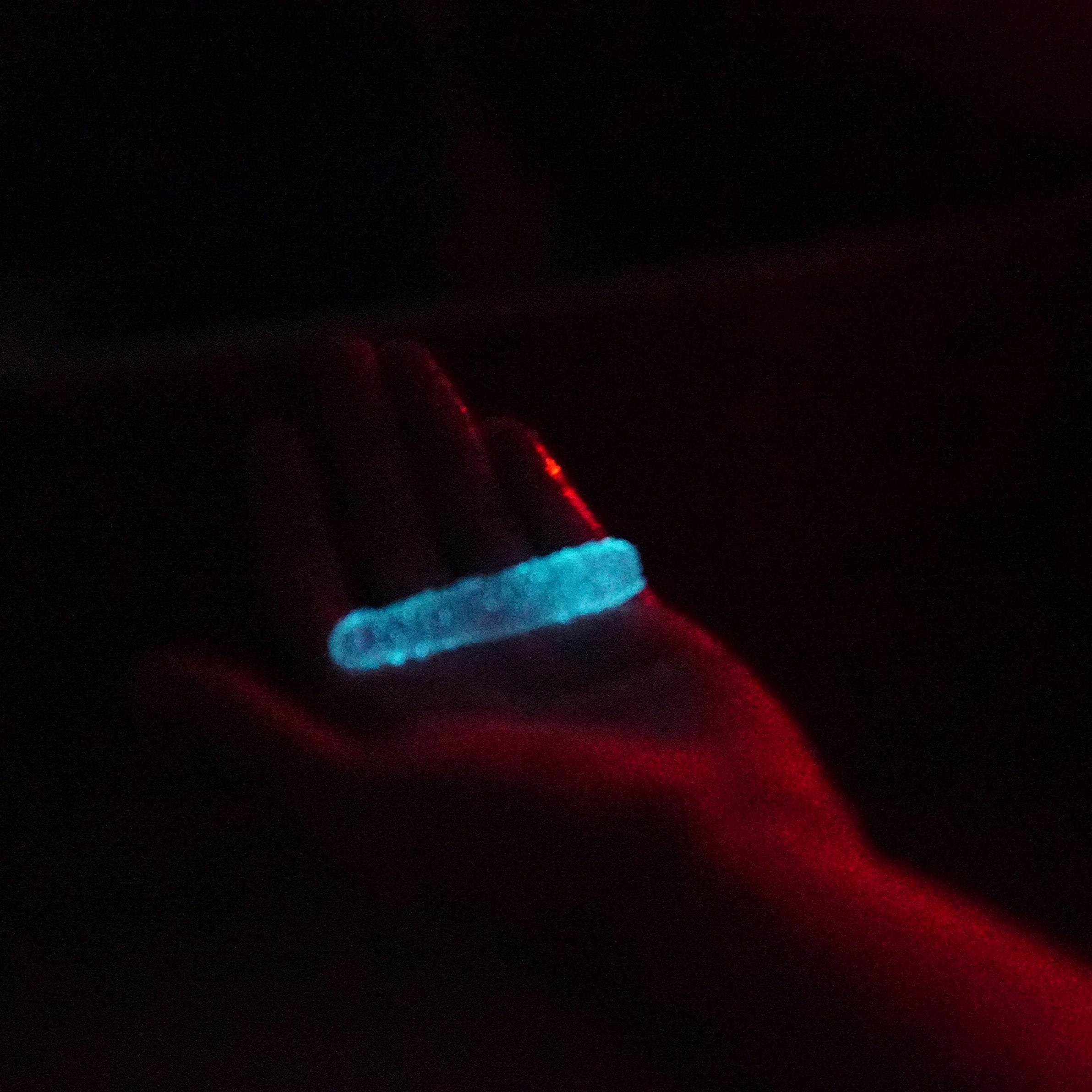Video by @KPassionate: I Grew Ocean Bioluminescence

KPassionate is a marine biologist who works with marine mammals and loves animals, wildlife, and the environment. Please visit her YouTube channel:
| www.youtube.com/@KPassion |
Here is @KPassionate video about bioluminescence and the bioluminescent bio-orb:
The most common bioluminescent organisms are marine plankton called dinoflagellates. The name comes from combining the Greek word dinos, which means whirling, with the Latin flagellum, meaning whip. This is a reference to the distinctive way they spin as they swim. Dinoflagellates live in the surface layers of the sea and are what’s creating the sparkling luminescence seen in these videos. The specific type of bioluminescent dinoflagellate sent to me by PyroFarms is Pyrocystis fusiformis, also known PyroDinos.
Scientists believe the production of bioluminescence by PyroDinos is a defense mechanism that startles grazing fish which would otherwise eat them, or possibly to illuminate grazers so that they are more visible to their own predators. This is known as the "Burglar Alarm" hypothesis. Other animals use bioluminescence to attract mates, communicate with other animals, or to entice prey. A famous example is the angler fish that uses a luminescent fin ray as a lure. Squid and jellyfish have luminescent tentacles that draw in small fish just like moths to a flame.

Beyond their mesmerizing beauty, PyroDinos and other bioluminescent plankton potentially have some groundbreaking applications in the fields of architecture, medicine, and conservation. Because they can produce light, scientists are currently looking into how bioluminescent organisms could be used to make sustainable outdoor lighting in public spaces. They’re also developing indoor lighting for people’s homes. These bioluminescent-powered lamps are called “Biolamps.”



Comments